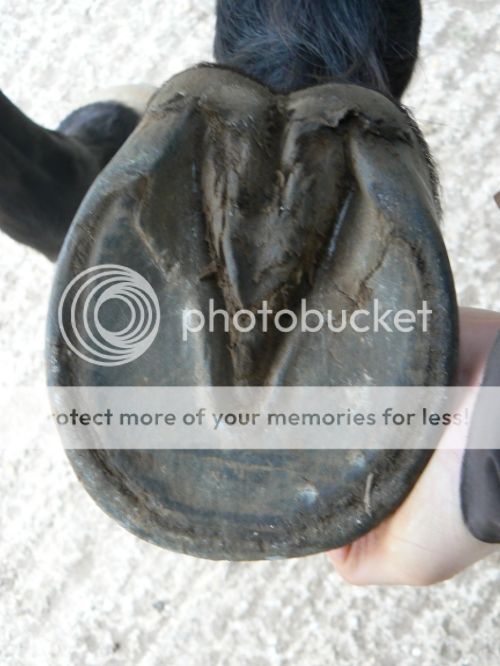A Guilding
Well-Known Member
My rationale is that there has to be a reason for a barefoot to contract like that, and if the horse was getting sufficient exercise (not box resting) and landing correctly it is unlikely the heels would contract.
Heel first landings are not dictated only by whether the horse is high - low or not; if the back of the foot is not comfortable then the horse will not land on it. Hence treating for thrush (which OP has also said she's been struggling with).
What would be your explanation for the contraction (which is present in both feet - even the one you claim is landing heel first).
What ever! you will have a narrow view based on what ever people have told you. Get yourself some measuring equipment some computer analysis software and a high speed camera, spend 5 years measuring and come back and tell me Im wrong.

